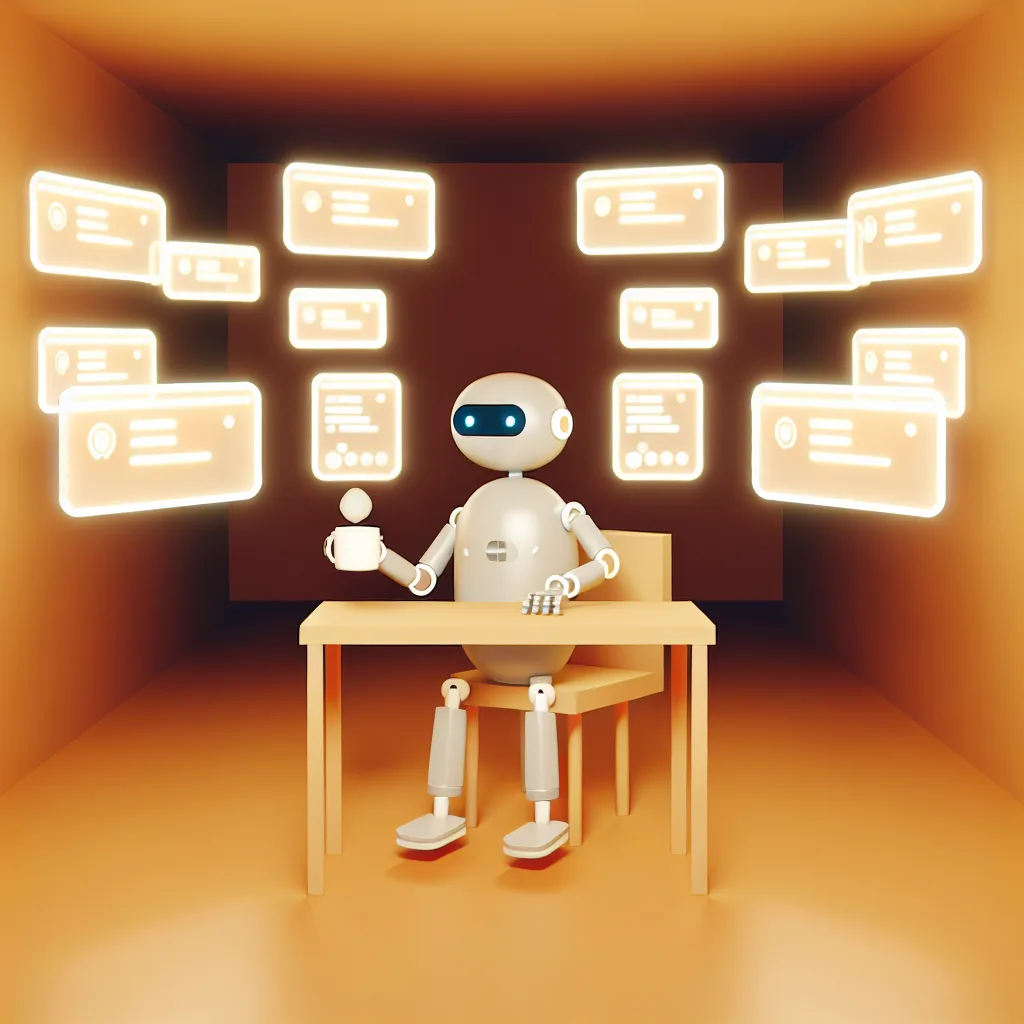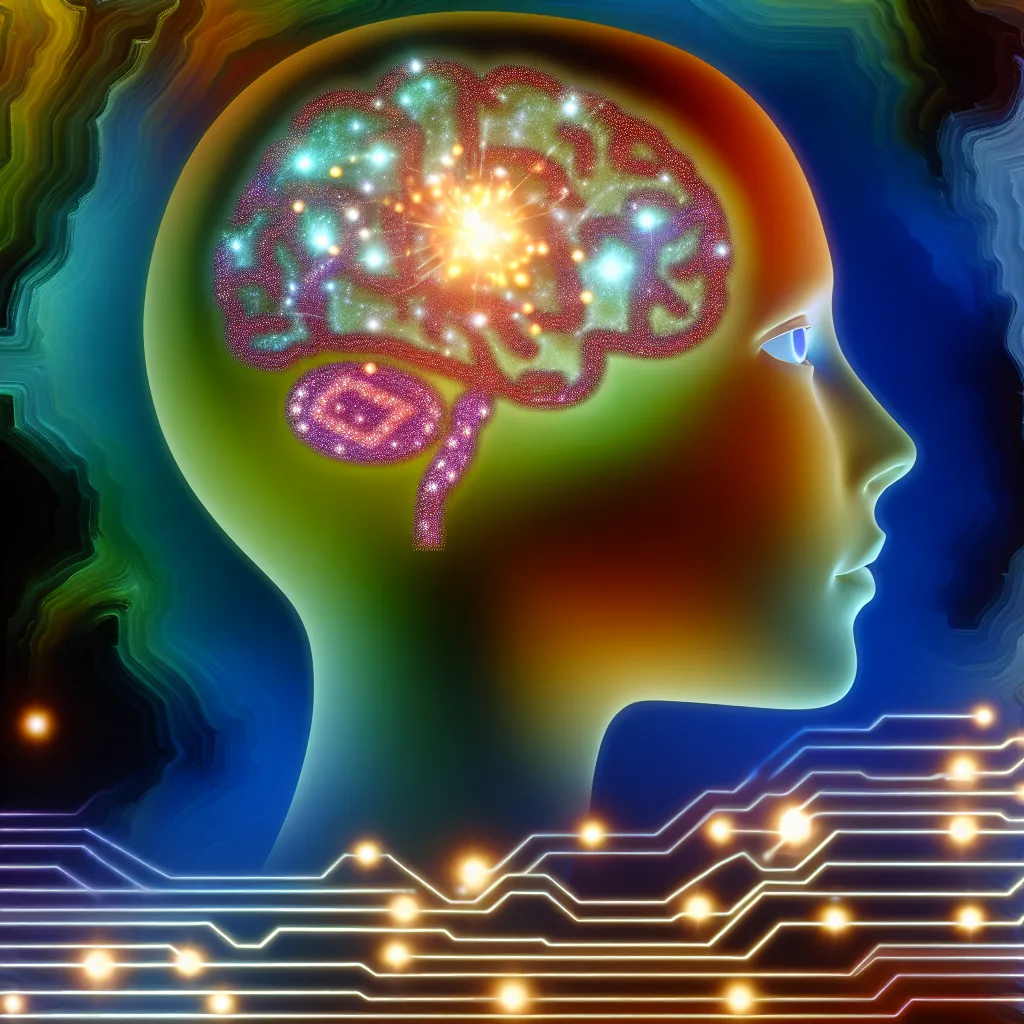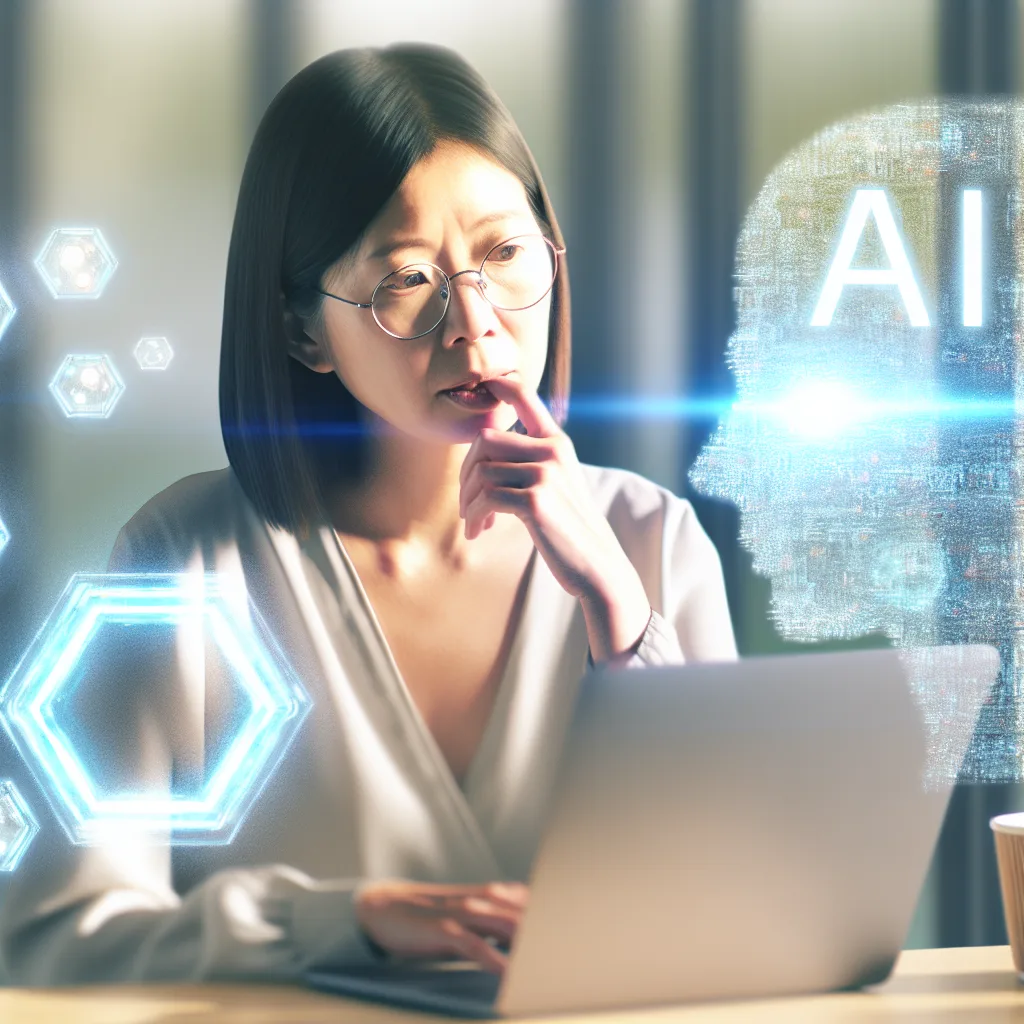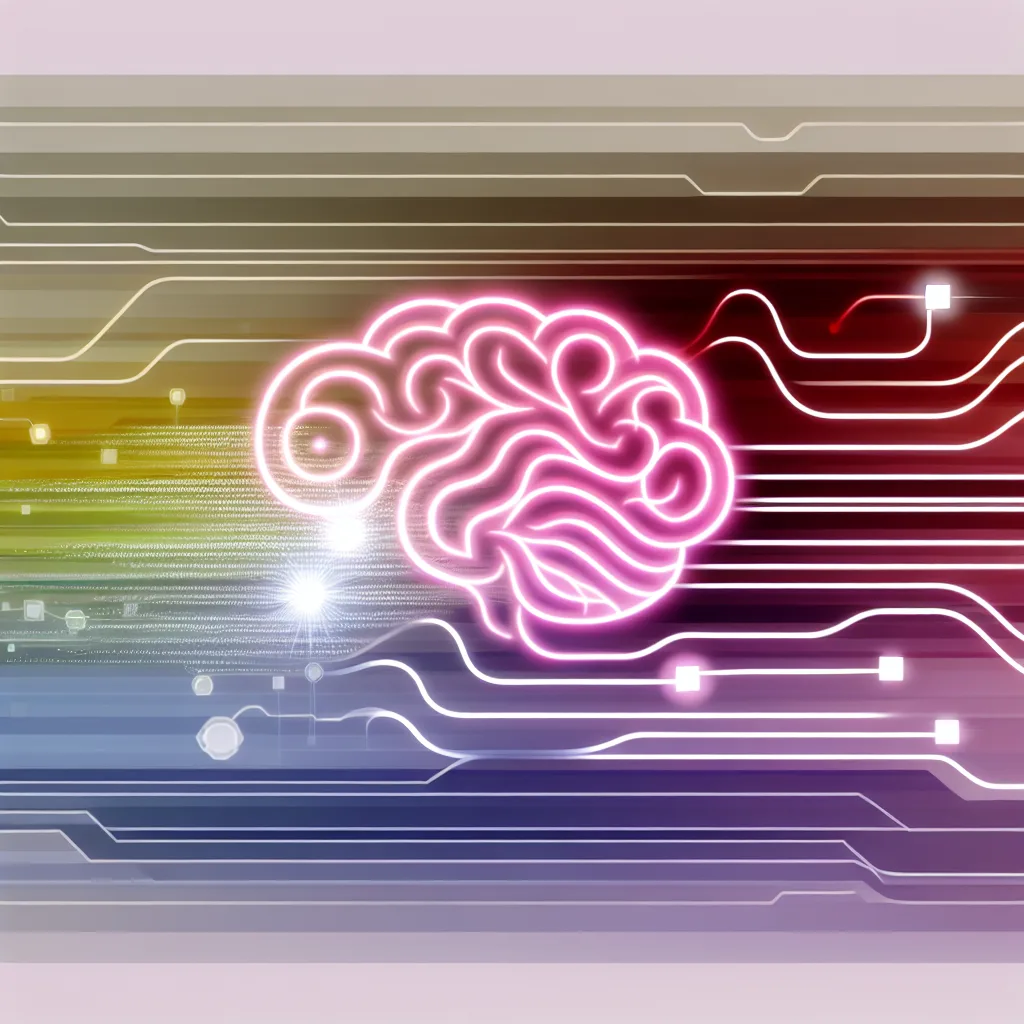Exploring how soon AI could handle every aspect of anime creation – from story to screen.
If you’ve ever wondered, “When will AI be able to make a full anime?” — you’re not alone. The idea of AI anime creation, where artificial intelligence handles everything from adapting a story, designing characters, animating scenes, producing voices, and adding special effects, is pretty fascinating. So, how close are we to this reality? Let’s chat about it.
What Does AI Anime Creation Look Like?
Imagine telling AI to take your favorite manga or novel, then automatically turn it into a polished anime. This would include:
– Adaptation: Converting the story into a script suitable for animation.
– Character Design: Creating visually appealing characters that match the story’s tone.
– Animation: Generating fluid motion without humans drawing every frame.
– Voice Acting: Using AI-generated voices that capture emotion and personality.
– Special Effects: Adding atmospheric elements like lighting, magic, and action highlights.
Right now, AI can help with some of these steps individually—like generating voiceovers or coloring frames faster—but we’re not quite at the point where it can do the entire package seamlessly.
How Far Are We From Full AI Anime Creation?
Experts and enthusiasts estimate that the journey to full AI anime creation could take anywhere from 5 to 15 years. That’s a broad range, but it comes down to several challenges:
– Creative nuance: Anime isn’t just about moving pictures; it’s storytelling driven by emotion and cultural context. AI needs to understand subtle storytelling cues.
– Technical complexity: Animation involves intricate character movements and expressions that are hard to automate convincingly.
– Voice quality: While AI voices are improving fast, there’s still a gap before they can fully match human emotion and variability.
That said, there’s progress to be excited about. For example, tools like OpenAI’s DALL·E and Google’s Imagen Video show how AI can generate visuals from text prompts, hinting at future possibilities. Meanwhile, companies like Synthesia are pushing AI-generated video content, including voices.
AI Anime Creation in Everyday Life
Even if full AI anime creation isn’t here yet, AI is already making life easier for animators. Automated coloring, in-between frame generation, and voice dubbing tools are speeding up production and reducing costs. As these techs improve, smaller studios and indie creators might use AI to make anime more accessible.
What Could This Mean for Fans and Creators?
If AI anime creation becomes mainstream, it might change how we experience and make anime:
– Personalized anime: Imagine AI creating custom stories based on your preferences.
– Faster releases: Less time spent on production could mean more anime content.
– New creative roles: Humans might focus more on story ideas while AI handles technical tasks.
Final Thoughts
AI anime creation is heading our way, but it probably won’t replace human creativity entirely. Instead, it’ll become a powerful tool for storytellers. So, while we might not have a completely AI-made anime just yet, within the next decade or so, the line between human-made and AI-assisted anime will blur.
If you want to keep an eye on how AI animation tools evolve, sites like Animation World Network offer great updates and insights.
What do you think? How would you feel if your favorite anime was made by AI? The future looks full of possibilities!








